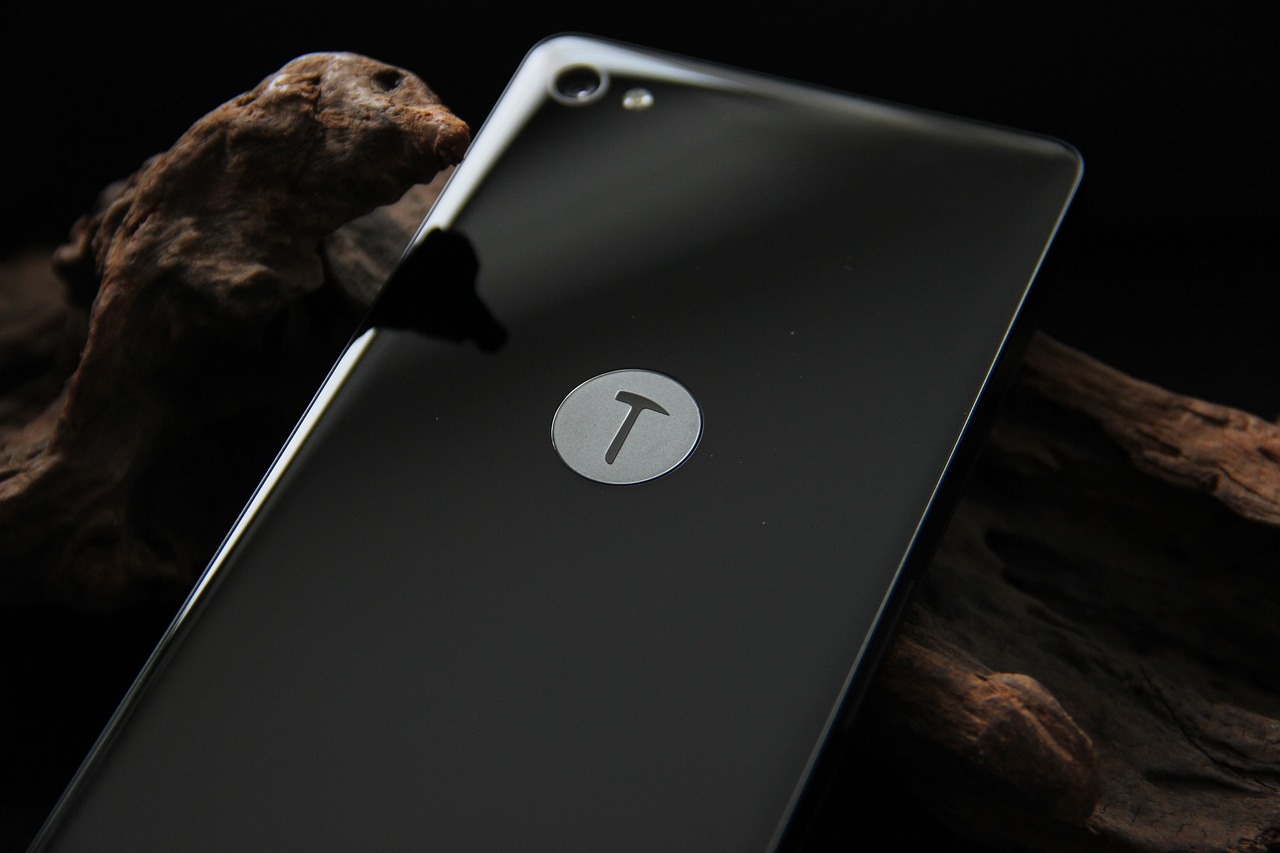Is PLC Controller an Independent Device?
The PLC controller is a vital component of industrial automation, but is it considered an independent device? The answer is both yes and no. PLCs are self-contained units that can perform their intended functions even when not directly connected to a larger system. However, they are not standalone devices in the sense that they require programming and configuration to function properly. Additionally, PLCs must be integrated into a larger system to effectively control industrial processes. Therefore, while PLCs are self-contained units, they are not truly independent devices unless they are programmed, configured, and integrated into a larger system.
In the realm of industrial automation, the Programmable Logic Controller (PLC) is a pivotal component. PLCs are utilized in a wide range of applications, from simple on-off control to complex automated systems. However, the question remains whether a PLC controller can be considered an independent device.
The PLC as a Core Component
PLC controllers are at the heart of many industrial processes. They receive input signals from sensors and other devices, process this data, and then send output signals to actuators and other devices based on pre-programmed logic. This functionality makes PLCs integral to the operation of a wide range of industrial machinery and processes.

The PLC as an Independent Device
When considering whether a PLC is an independent device, it is important to consider its physical form and function. PLCs are often standalone units, designed to be easily integrated into existing systems. They have their own processing capabilities, memory, and input/output interfaces, making them independent from the systems they control. However, they are not standalone in the sense that they require programming and configuration to function properly.
Programming and Configuration
To function effectively, PLCs require programming and configuration. This is done using a variety of software tools and platforms. The programming process involves writing and uploading code that defines how the PLC should respond to input signals and what output signals it should send based on the processed data. Configuration, on the other hand, involves setting up the physical parameters of the PLC, such as its input and output addresses, communication protocols, and other related settings.
Integration and Interfacing
PLC controllers are designed to be easily integrated into existing systems. They come in a variety of forms, from standalone units to more complex systems that require rack-mounting or other forms of installation. Interfaces between PLCs and other devices are standardized, making it easy to connect PLCs to sensors, actuators, and other components. This ability to interface with a wide range of devices is one of the strengths of PLCs in industrial automation.
Conclusion
In conclusion, PLC controllers can be considered independent devices in the sense that they have their own processing capabilities, memory, and input/output interfaces. However, they require programming and configuration to function properly and are not standalone in the strict sense of the word. The integration of PLCs into industrial systems is facilitated by their ability to interface with a wide range of devices, making them a crucial component of modern industrial automation systems.
Articles related to the knowledge points of this article:
PLC Programmer: A Journey of Learning and Adaptation
The Price of PLC Controllers in Chizhou
PLC Safety Controller: A Comprehensive Guide
PLC Temperature Controller Symbols: A Guide to Understanding and Using Them